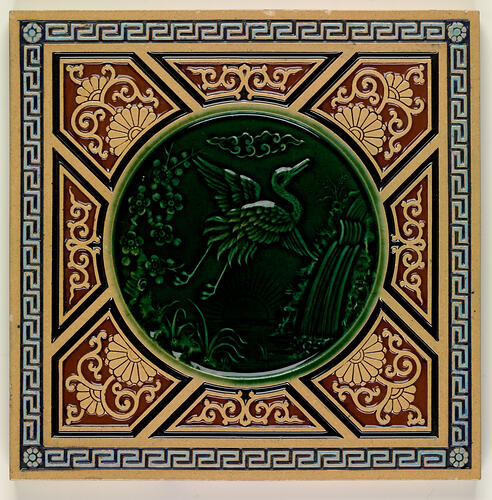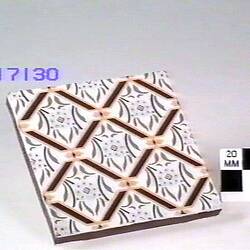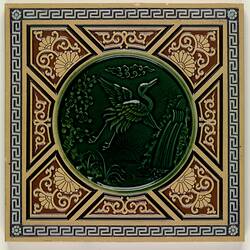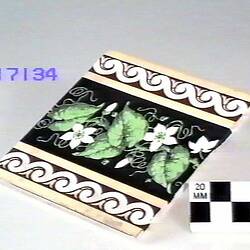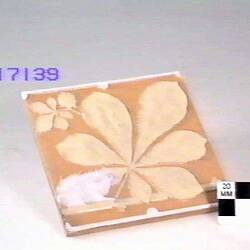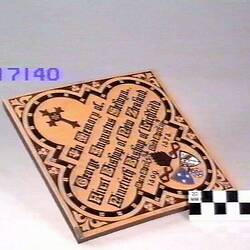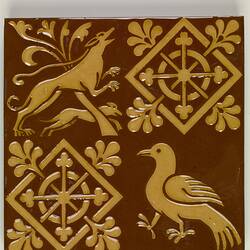In the 1790s Thomas Minton established a pottery factory in Stoke-upon-Trent in England the factory initially produced primarily cream-coloured and blue-printed earthenware maiolica and are known for popularizing the 'Willow Pattern'. Minton's sons came into the business about 1817 and the company traded as Thomas Minton & Sons. The company's production of bone china, which had begun in the late 1790s but slowed due to limited demand, increased in the 1820s. With Minton's the only English china factory of the 19th century to employ a Sèvres technical process called pâte-sur-pâte.
Upon Thomas Minton's death in 1836, control of the company passed to his son Herbert Minton. Herbert developed new production techniques and took the business into new fields, notably decorative encaustic tile making. Herbert initially went into partnership with Mr. John Boyle and the company traded as Minton & Boyle for about five years. When Boyle left the firm became Herbert Minton & Co. In 1845, Herbert took Michael Daintry Hollins into partnership and together they established the tile making side of the business under the name Minton, Hollins & Co. In 1846 Colin Minton Campbell, Herbert Minton's nephew, also became a partner in Minton & Co.
Upon Herbert's death in 1858 the business was continued by Campbell with Hollins remaining a partner. Minton, Hollins & Co also continued manufacturing tiles as a division of Minton & Co. In the early 1860s Robert Minton Taylor joined the company for a few short years before striking out on his own as Robert Minton Taylor & Co manufacturing tiles.
The firm split in 1868 with a court case between Hollins and Campbell necessary to divide the company. Hollins took the tile business continuing to trade under the name Minton, Hollins & Co, although he did have the right to manufacture tiles using the Minton & Co mark, while Campbell took the remainder of the business, china and pottery, under the name Minton & Co.
The use of the Minton & Co mark on tiles and the ownership of title manufacturing equipment led to further disputes between Hollins and Campbell when Campbell also manufactured tiles under the Minton & Co name. Hollins won the legal battle and continued to manufacture tiles under Minton & Co and Minton, Hollins & Co. The name Minton Hollins continues today as a brand of Johnston Tiles.
Campbell continued to trade under the Minton name for his pottery and china, possibly using the name Minton's China Works. In 1875 he entered into partnership with Robert Minton Taylor to establish the Campbell Brick & Tile Co. Campbell's manufactured a wide range of wall and floor tiles, but is best known for its range of encaustic tiles for churches and public buildings.
In 1968 Minton's by now Minton's Ltd was taken over by Royal Doulton. China is still produced in some of the original Minton China factories under the Minton name today
References
Barnard, Julian 1972, Victorian Ceramic Tiles. Studio Vista, London.
Elliott, Gordon 2006, Aspects of ceramic history: a series of papers focusing on the ceramic artifact as evidence of cultural and technical developments, G.W.E. Publications, London.
Lemmen, Hans van 1981, Victorian Tiles. Shire, Aylesbury.
More Information
-
Keywords
-
Authors
-
Article types
